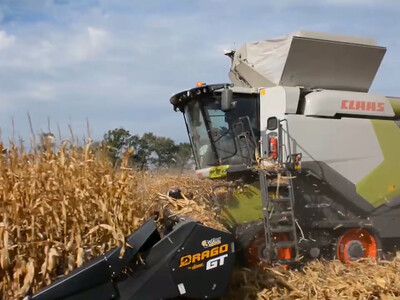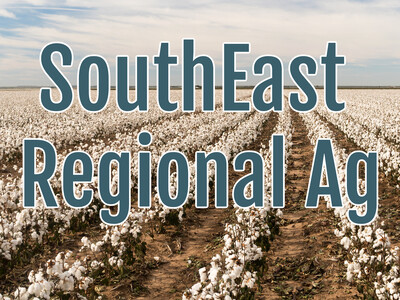Cool spring slowed wheat crop development and brought rust problems
Farm and Ranch June 24, 2010 Stripe rust is the major issue for wheat growers in the Pacific Northwest right now. The disease has been prevalent across Washington and Oregon and now has been reported in southern Idaho. The weekly Crop Weather report from the Agricultural Statistics Service in Washington state reports that in Whitman County, the states largest wheat producing county, winter wheat losses from stripe rust are currently estimated between 10 and 50 percent. One entire winter wheat field was lost to stripe rust before a fungicide application could be made. While the region’s winter wheat is pretty must past the stage where fungicides can be applied, Xianming Chen with the Agricultural Research Service in Pullman, says now is the critical time for treating spring wheat fields in which stripe rust shows up in moderate to highly susceptible varieties. The cool, wet weather that has contributed to rust has also meant slow crop development in the region. USDA meteorologist Brad Rippey has a national update; Rippey: “Looking at the winter wheat, 91% headed. That is behind the five year average of 96%. That is really because of some very slow progress in the north and northwest. Idaho only 29% headed. Five year average is 66%. Montana just 17% versus 60 percent.” Heading in Oregon is only a point off of the average at 96 percent but in Washington winter wheat heading at 80 percent is 12 points behind the five year average. USDA says heading of the U.S. spring wheat crop is slightly behind the five year average but in Washington, which has the most significant delay, heading progress in spring wheat is 26 points behind average, or 11 days behind normal. I’m Bob Hoff and that’s the Northwest Farm and Ranch Report on Northwest Aginfo Net. ? ?














